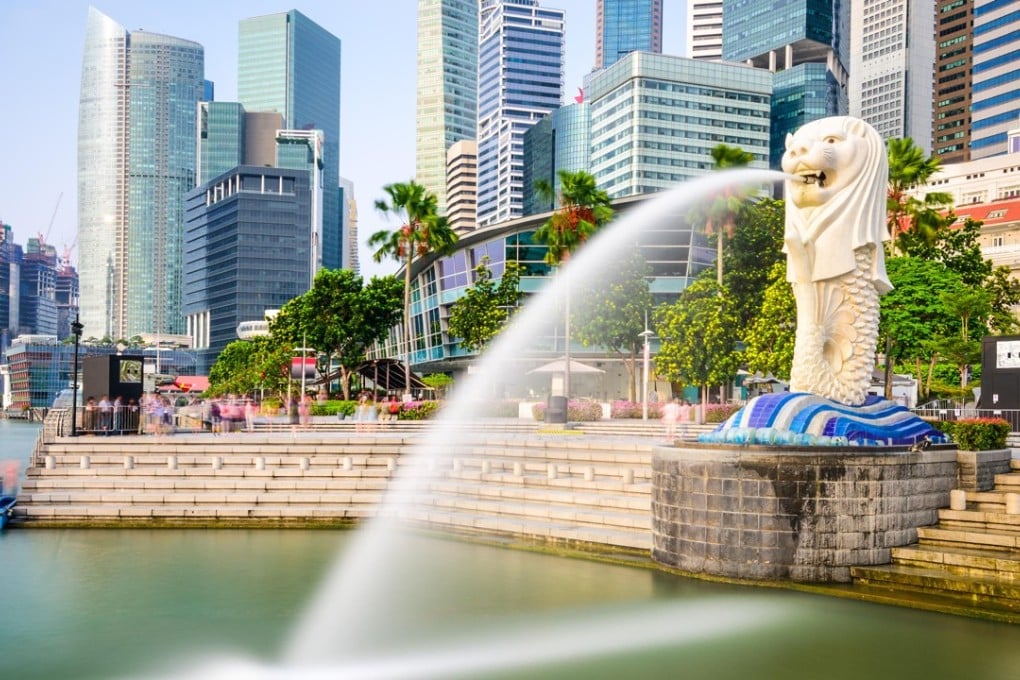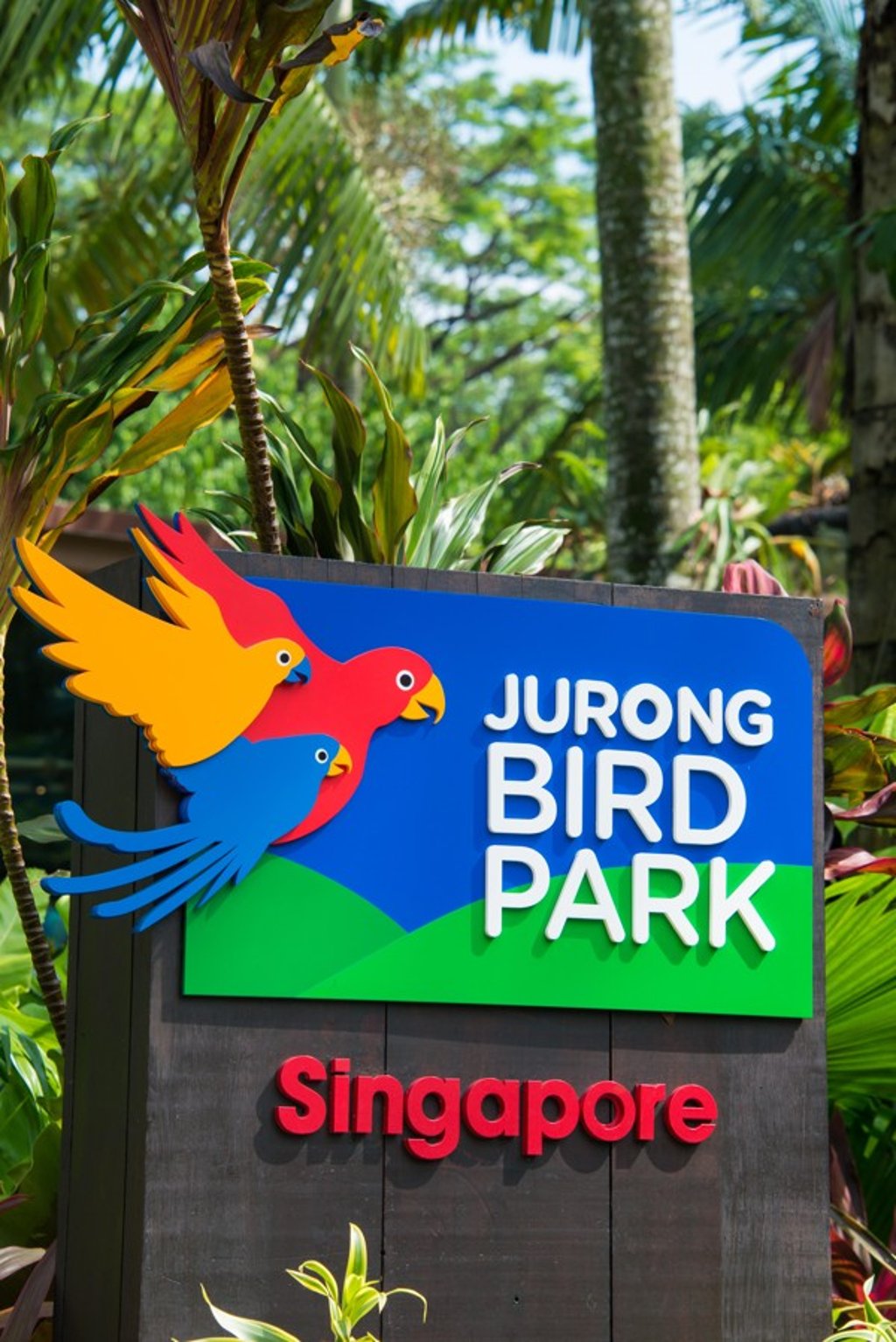Singapore beckons with top business and leisure attractions
Visitor-centric Lion City remains a top-choice destination for executives, thrill seekers, environmental crusaders and holiday makers alike

It requires strategic vision and a deft balancing act for any city to combine the roles of regional financial hub, leader in tech innovation and respected centre of higher education.
But that is a feat Singapore continues to perform, while also showing the rest of Asia what it takes to keep a fast-paced metropolis functioning effectively without the modern blights of traffic gridlock, contaminated air, or the poverty of an urban underclass.
Taken together, those factors explain the city’s widespread appeal for business executives, entrepreneurs, environmental crusaders, and those looking to excel in different areas of academia.
But, beyond that, it is a whole range of other features, from world-class events and high-octane thrills to museums, restaurants, resort islands, beaches and rainforest walks that underpin a vibrant tourism sector and keep visitors returning time and again.

One key to enhancing the city’s attractions as a destination has been to ensure a steady pipeline of leisure and business “products”. It was also important to adopt a marketing approach which Ng describes as visitor-centric and yield-driven.
“This is anchored in reaching out to the right audiences, at the right time and using the right channels, with the Singapore story we want to tell,” Ng says.
In this context, he defines the right audiences as those that exhibit good growth potential and whose needs Singapore can address well.
For Hong Kong, that means intensifying marketing efforts in two specific ways. One aims to showcase Singapore as a family destination, offering opportunities for leisure and learning for different age groups.
The second looks to attract young professionals keen for a long weekend getaway either to recharge the batteries by enjoying the local café culture and strolling the quaysides, or for a shot of adrenaline by attending big-name sporting events like September’s Formula One Grand Prix or the year-end Women’s Tennis Association finals with all their tie-in entertainments.
“We are also supporting the development of more immersive tours that enable visitors to gain a better appreciation or a different perspective of Singapore as a destination,” Ng says.
Our strategies are focused on driving quality tourism based on unique attributes
For example, there are now culinary tours where participants can learn how to make signature local dishes. Special precinct tours include live theatrical performances which help to bring the city’s diverse history to life. And visitors are being encouraged to discover some of the more offbeat or unexplored places such as Tiong Bahru, the oldest housing estate in Singapore, with its quaint art deco shophouses and traditional food outlets, or Pulau Ubin, a quiet island with the delights of swaying coconut palms, mangrove creeks, overgrown rubber plantations and secluded beaches.
“In addition, the upcoming Mandai eco-tourism and wildlife hub is poised to be the leading nature destination in Asia,” Ng says. “It will provide an integrated range of experiences for nature lovers and families seeking another kind of enrichment and exposure for their children.”
The whole area will be connected by green landscaped decks at the “arrival nodes”, walking trails and boardwalks alongside the Upper Selatar reservoir. And with both a new Bird Park and Rainforest Park, scheduled to open by 2020 and 2021, respectively, visitors will also be able to spot rare tropical species and traverse aerial walkways through the tree canopy.
“The project will make use of impacted land earmarked for redevelopment since 2008, as well as land currently used by facilities that support Mandai’s three existing nature parks – the ever popular Singapore Zoo, River Safari and Night Safari,” Ng says. “This is all part of building an exciting, ‘always on’ calendar of experiences and events to attract a steady flow of discerning visitors who want to indulge different interests and passions.”
To go with that, Ng also notes the Lion City’s continuing investment in enhanced infrastructure and facilities for travellers. The construction phase of Terminal 4 (T4) at Changi International Airport was completed in December last year, adding the capacity to handle up to 16 million passengers annually. Some of the “wow” factors will include the use of facial recognition technology, integrated duty-free shopping, kinetic art displays, and special sculpture exhibitions.
“When operations begin, T4 is set to redefine the way passengers travel through the creative design of its layout, streamlined clearance procedures, and the way it leverages technology and innovation for improved staff productivity,” Ng says.